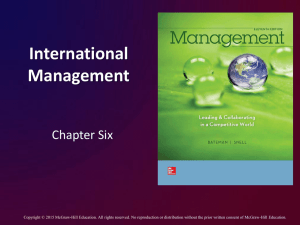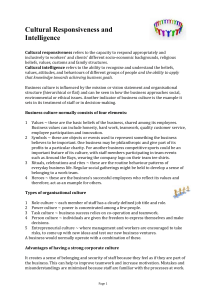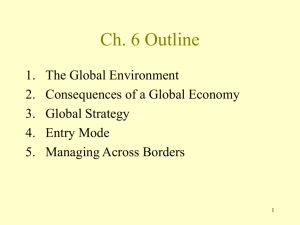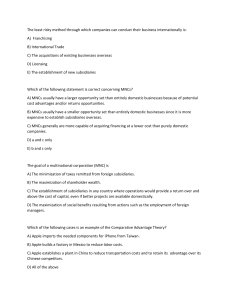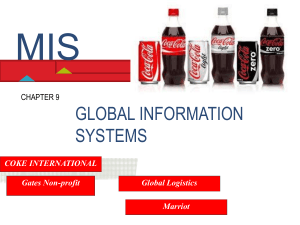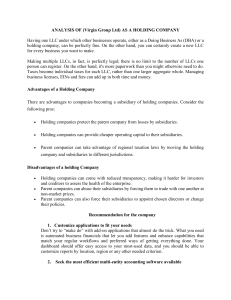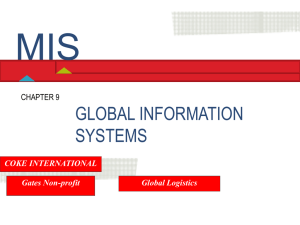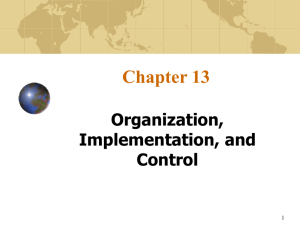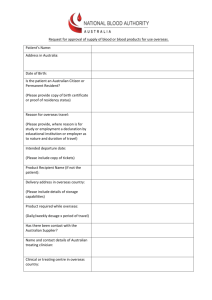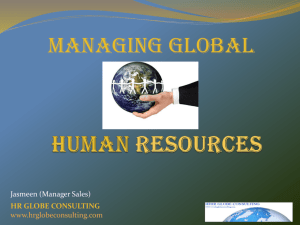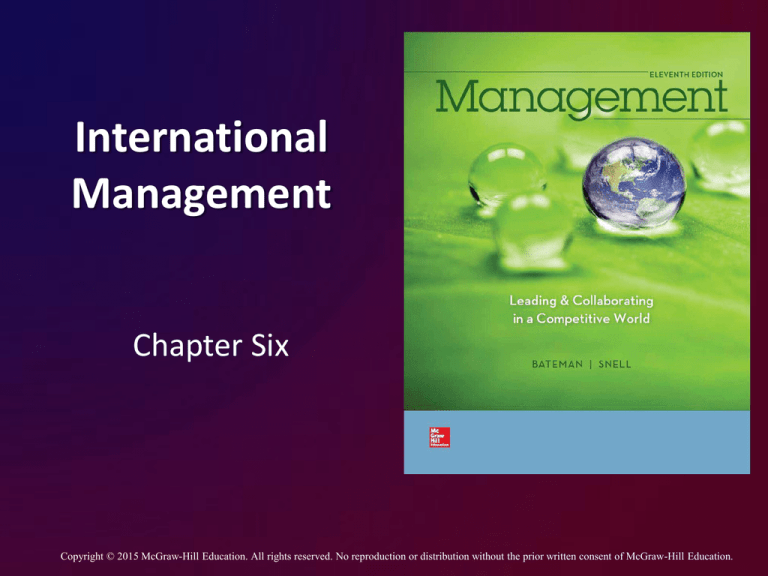
International
Management
Chapter Six
Copyright © 2015 McGraw-Hill Education. All rights reserved. No reproduction or distribution without the prior written consent of McGraw-Hill Education.
Learning Objectives
LO1 Discuss what integration of the global economy
means for individual companies and their
managers
LO2 Describe how the world economy is becoming
more integrated than ever before
LO3 Define the strategies organizations use to
compete in the global marketplace
LO4 Compare the various entry modes organizations
use to enter overseas markets
6-2
Learning Objectives (cont.)
LO5 Explain how companies can approach the
task of staffing overseas operations
LO6 Summarize the skills and knowledge
managers need to manage globally.
LO7 Identify ways in which cultural differences
across countries influence management
6-3
U.S. Exports as a Share
of U.S. Output
Figure 6.1
6-4
Implications of a Flat World
Opportunities are greater
Environment is more complex and
competitive
6-5
The Role of Outsourcing
Outsourcing
Contracting with an
outside provider to
produce one or more
of an organization’s
goods or services.
Offshoring
Moving work to
other countries.
6-6
European Unification
Europe is
integrating
economically to
form the biggest
market in the world
Certain structural
issues within Europe
need to be
corrected for the EU
to function
effectively.
6-7
The Americas
North American Free Trade Agreement
(NAFTA)
An economic pact that combined the economies
of the United States, Canada, and Mexico into
one of the world’s largest trading blocs
6-8
Organizational Models
Figure 6.5
6-9
Choosing a Global Strategy
International model
composed of a company’s overseas subsidiaries
and characterized by greater control by the
parent company over the research function and
local product and marketing strategies than in
the multinational model.
6-10
Choosing a Global Strategy
Global model
consists of a company’s overseas subsidiaries and
characterized by centralized decision making and
tight control by the parent company over most
aspects of worldwide
operations
6-11
Choosing a Global Strategy
Transnational model
characterized by centralizing certain functions in
locations that best achieve cost economies
basing other functions in the company’s national
subsidiaries to facilitate greater local
responsiveness
fostering communication among subsidiaries to
permit transfer of technological expertise and
skills.
6-12
Comparison of Entry Modes
Table 6.2
6-13
Managing across Borders
Expatriates
Parent-company
nationals who are
sent to work at a
foreign subsidiary
6-14
Understanding Cultural Issues
Inpatriate
A foreign national
brought in to work
at the parent
company.
6-15

